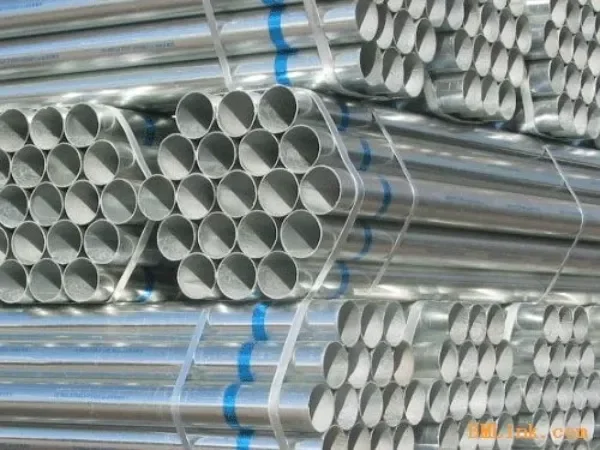Attention should be paid to the problems of galvanized steel pipe welding
Welding galvanized steel pipe is a common engineering activity that is commonly used in construction, manufacturing, and other industrial fields. However, welding galvanized steel pipe requires some attention to ensure the quality and safety of the weld. This article will discuss the considerations for welding galvanized steel pipe.

1. Clean the surface
Before welding galvanized steel pipe, the surface must be cleaned. There may be grease, dirt, and other impurities on the surface of galvanized steel pipes, which will affect the quality of welding. Therefore, before welding, the surface must be cleaned with detergent and brushes. If there is rust on the surface, it must be removed with sandpaper or another abrasive.
2. Warm up
When welding galvanized steel pipe, it must be preheated. Preheating reduces thermal stress during soldering, thereby reducing the risk of cracking. The preheating temperature should be determined according to the thickness and diameter of the steel pipe. Generally, the preheat temperature should be between 150°C and 250°C
3. Select the appropriate welding method
When welding galvanized steel pipes, various welding methods can be used, such as manual arc welding, gas-shielded welding, submerged arc welding, etc. Choosing the right welding method depends on the application and requirements of the welding. For example, shielded metal arc welding is suitable for small and simple welding tasks, while gas-shielded welding is suitable for high-quality welding tasks.
4. Control welding current
When welding galvanized steel pipes, the welding current must be controlled. If the current is too high, it will cause the weld to overheat, causing cracks and deformation. If the current is too low, the welding quality will be affected. Therefore, the appropriate welding current must be determined according to the thickness and diameter of the steel pipe.
5. Avoid over soldering
When welding galvanized steel pipe, over-welding must be avoided. Excessive welding can cause deformation and cracks in the steel pipe. Therefore, before welding, the length and position of the welding must be determined to avoid over-welding.
6. Check the weld seam
After welding galvanized steel pipe, the weld must be inspected. Inspection of weld seams can determine whether the welding quality meets the requirements. Welds should be uniform without cracks and pores. If a problem is found, it must be repaired in time.
7. Prevent the galvanized layer from falling off
When welding galvanized steel pipes, it is necessary to prevent the galvanized layer from falling off. The galvanized layer can provide protection for steel pipes from corrosion. If the galvanized layer falls off during welding, it will cause the steel pipe to be exposed to the air, which will accelerate corrosion. Therefore, before welding, the galvanized layer in the welding area must be removed to avoid falling off.
In short, some matters need to be paid attention to when welding galvanized steel pipes to ensure the quality and safety of welding. These precautions include cleaning the surface, preheating, selecting the proper welding method, controlling the welding current, avoiding over-welding, inspecting the weld, and preventing peeling of the galvanized coating. Only by following these precautions can the quality and safety of welding be ensured.
The Benefits of Using Galvanized Steel Pipes
How is hot-dip galvanized steel pipe produced?
How to Determine the Quality of Galvanized Steel Pipes?
How to Judge the Quality of Galvanized Steel Pipe?
Storage and Handling of Galvanized Steel Pipes
What is the thickness of the zinc layer of galvanized steel pipe?






